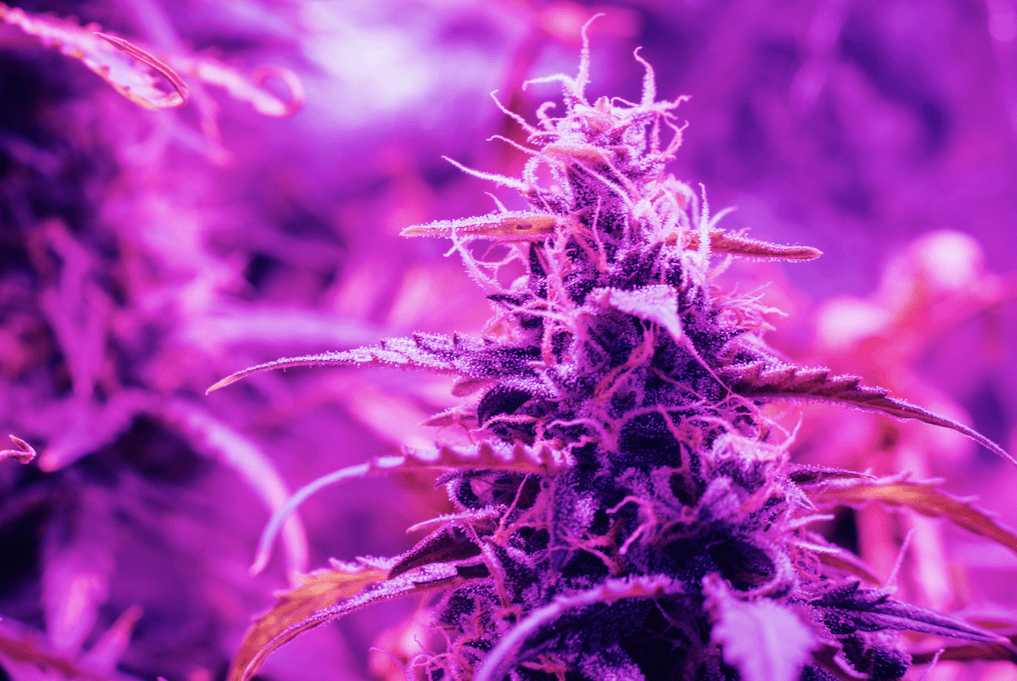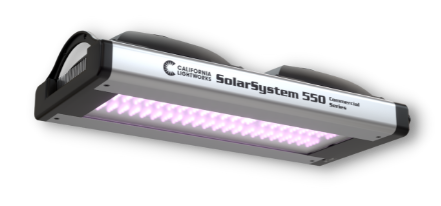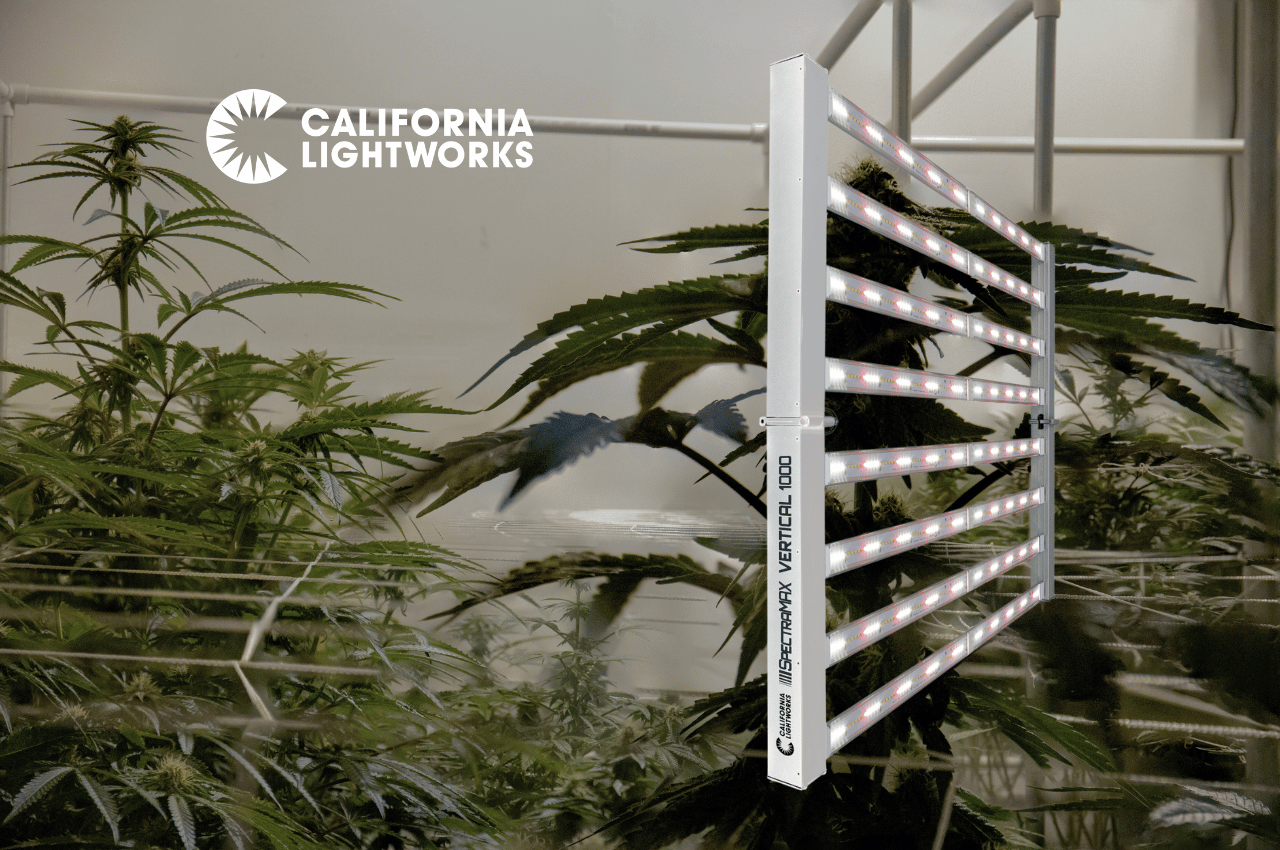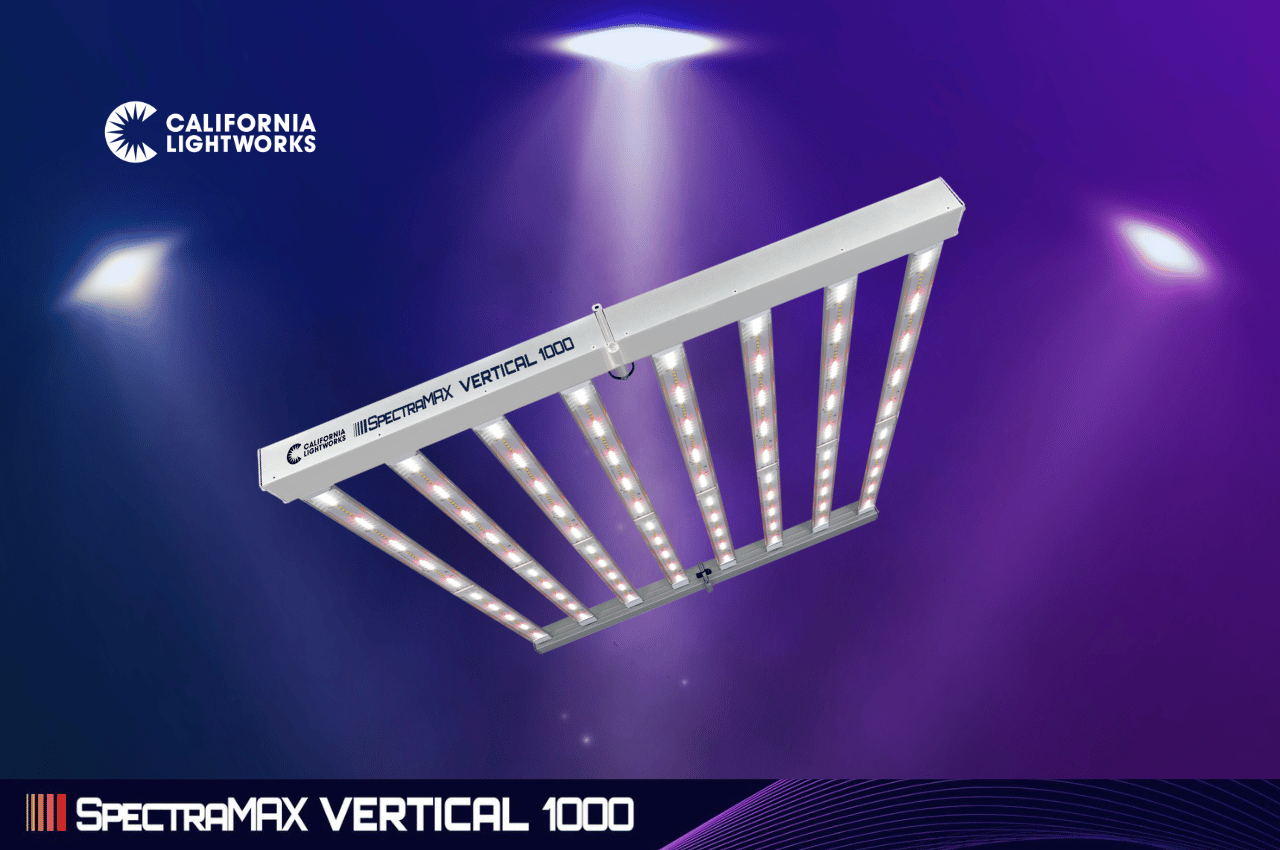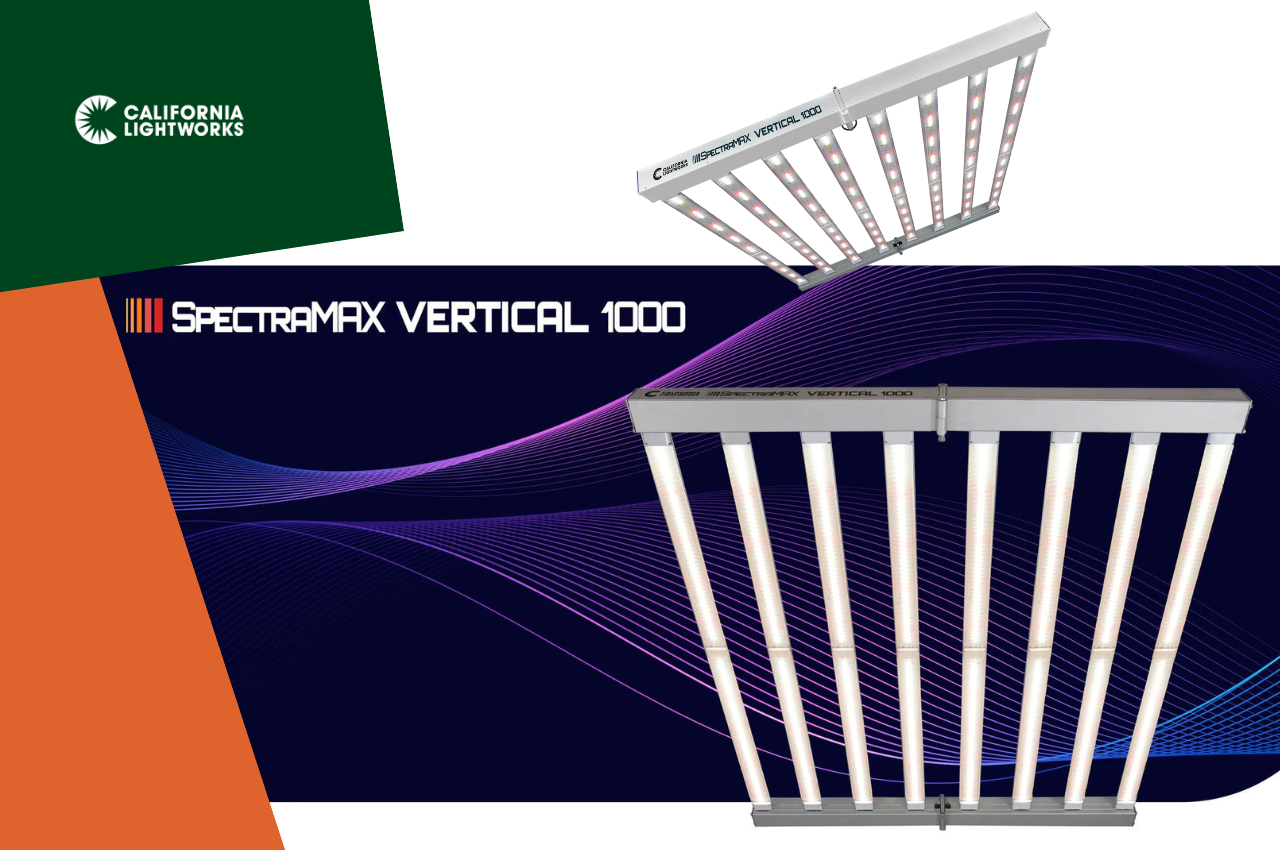Back in the early years of the medical cannabis industry, some savvy individual made the connection that the strongest marijuana historically has come from the lowest equatorial latitudes and the highest altitudes. It was speculated that possibly it was the higher levels of UVB found in the tropics or at high elevations that might influence THC production. One popular theory reasoned that the THC effectively served as a sunscreen to protect the sensitive seeds from UVB damage, much like melanin protects human skin. Growers have realized an increase of up to 30% THC percentage by using supplemental UVB light but the actual mechanism was not well understood.
Today, an internet search will show that there is quite a bit of information on this topic, and even some thorough if somewhat unscientific tests using various UVB sources such as UVB “lizard lights” (reptiles need UVB supplementation to remain healthy without sun exposure) in indoor grows with pretty significant results.
Finally, researchers appear to have identified the actual pathway of exactly how UVB affects THC production. While the analysis is somewhat technical, we’ll do our best to outline the results below. Ready?

The Ultraviolet (UV) spectrum ranges from about 100 nanometers (nm) and 400 nm. UVA, from about 315 nm to 400 nm, is an extension of the deep blue light spectrum and is included in most artificial light sources. Some level of photosynthesis occurs in this range. UVB, from about 280 to 315, is somewhat damaging to plants in high levels and causes sunburns on humans. UVC, from about 100 nm to 280 nm is highly damaging to all living things. This is often used in sterilization and killing bacteria.
UVB causes damage in plants in much the same way as it damages human skin, and plants created defenses against UVB in the form of a protein called UVR8.
UVR8 is a protein molecule which senses UV, and then “tells” plant cells to change their behavior. Exactly how UVR8 molecules sense UV was recently discovered and is pretty interesting. UVR8 is what chemists call a “dimer,” which simply means that it’s made of two structurally similar protein subunits. When UV light hits the two protein subunits in UVR8, their charge weakens and they break apart. To help visualize this, imagine rubbing two balloons against one another. The balloons will stick together because of a static charge. Now imagine the balloons get rained on. The water takes the static charge with it and the two balloons fly apart. In this example, the balloons are the two protein subunits and the rain is UV light cascading down on the plant cell. After the protein subunits break apart, they head to the cell nucleus to deliver their information.
One of these changes caused by this reaction is very important in your cannabis garden. UV stress stimulates cannabis’ production of chemicals via the phenylpropanoid pathway, specifically malonyl-CoA and phenylalanine. Why is this important? Because cannabis uses malonyl-CoA to make Olivtol, which it in turn uses to make THC. So finally the specific pathway which increases Cannabis potency when exposed to UV light is understood, and we can use this information to our advantage.
UVB light is already generated by the mercury found in all HID (i.e. HPS and Metal Halide) light sources, but it’s typically blocked by the bulb’s outer glass jacket. Ordinary glass blocks over 90% of UVB radiation, so UVB levels will naturally be a little higher using open fixtures with no glass lens.
Many growers have been aware of the benefits of UVB and have used supplemental lighting to boost potency. However, be aware, there is a threshold where the damage to yield caused by high level UVB will exceed any benefits in potency, so caution and careful design protocols MUST be used when attempting to supplement UVB. It is also VERY important to be EXTREMELY careful using off-the-shelf UVB sources like lizard lights that are not specifically designed for human exposure, because while sunlight has quite high levels of UVB, the intensity of the sun prevents people from staring straight at it. UVB is invisible, so your eyes can’t tell you if they are getting too much UVB from a UVB light source in your grow room, and your eyes and skin can be damaged if the levels are too high. So it’s worth repeating: Extreme caution must be observed when using secondary UVB supplementation.
LED Grow lights provide a special consideration when it comes to the effects of UVB on Cannabis THC levels. LEDs are extremely frequency specific, and a typical LED grow light with Blue, Red or even White LEDs will generate absolutely NO UVB radiation. While an absence of UVB does not appear to eliminate THC production, it is now proven that it will reduce the THC levels below those grown under sources with adequate UVB levels.
California Lightworks is the ONLY LED grow light manufacturer in the Hydroponics industry that has integrated supplemental UVB into our LED grow light fixtures, and the UVB levels in our fixtures are carefully designed to provide stimulation of extra THC production at optimal levels, without inhibiting plant growth or causing health risks to growers.
The supplemental UVB combined with the highest output LED grow lights on the market make for a potent combination.


